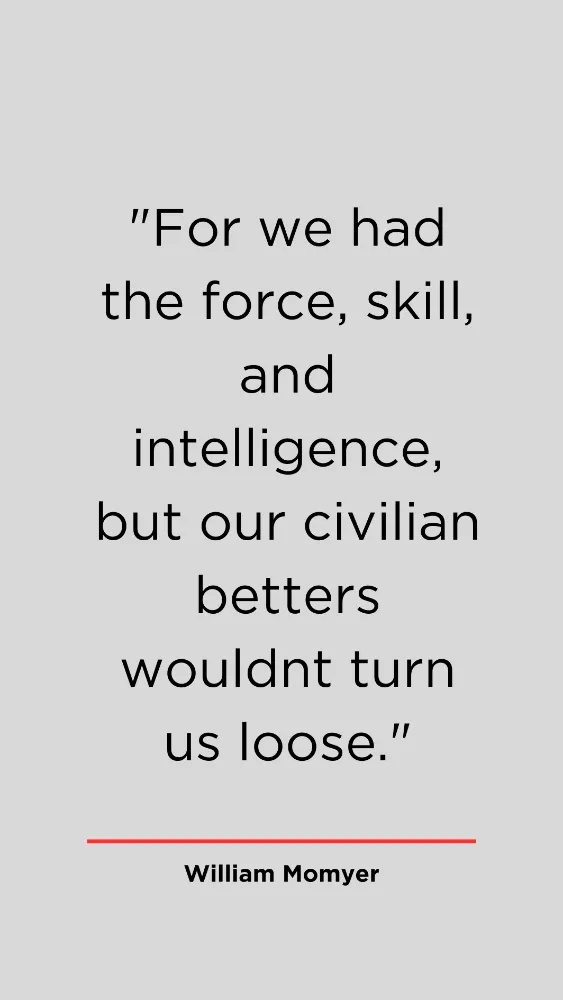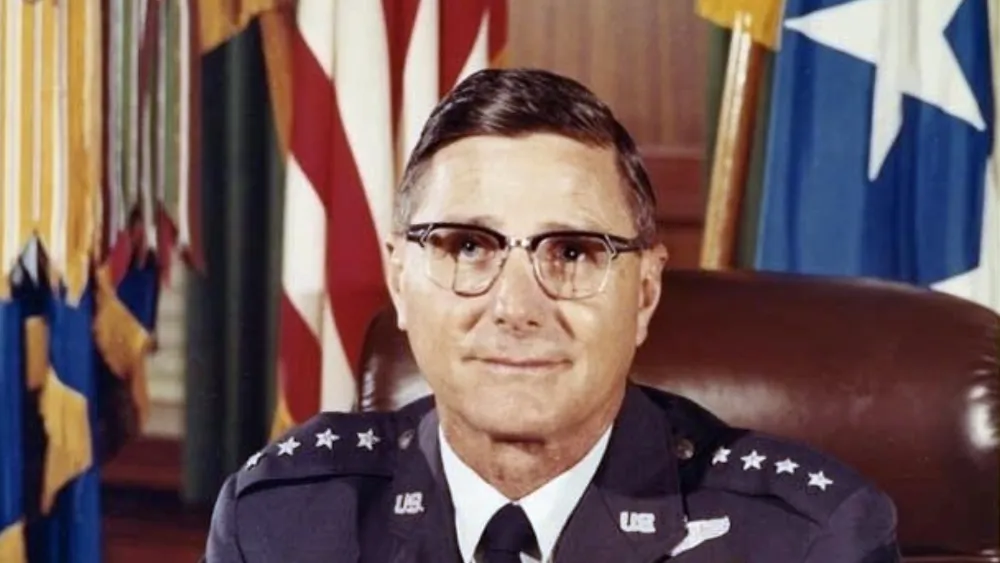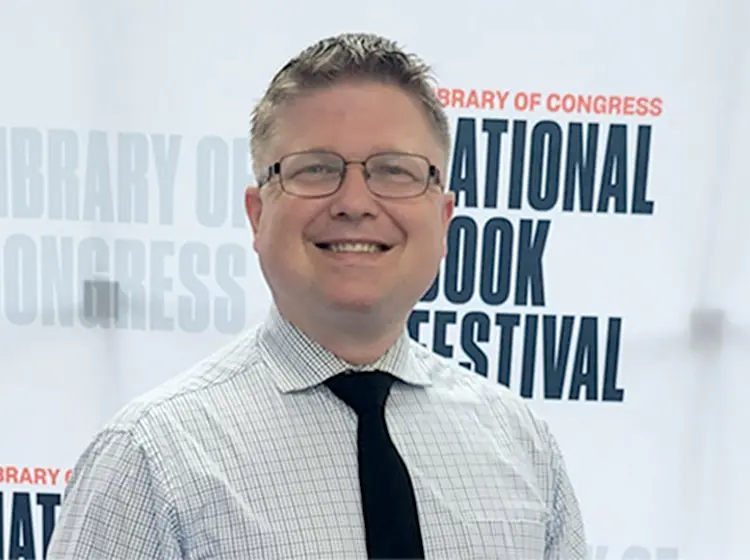William Momyer, born on September 23, 1916, and passing away in 2012, was a notable figure in the U.S. Air Force. He held important positions, including leading the Seventh Air Force during the Vietnam War. After retiring in 1973, he spent five years researching and writing about airpower.
However, Momyer’s history also has a controversial incident. During World War II, he suggested that a segregated African American unit, the 99th Fighter Squadron, be removed from combat. This caused a lot of talk and reached high levels in the Air Force. Soon, it led to a study that cleared the “Tuskegee Airmen” of any wrongdoing.
A Childhood Obsession with Flight
Momyer’s childhood in Muskogee, Oklahoma, was marked by a fascination with the rumble of aircraft engines. Furthermore, he is thrilled to watch planes soar overhead. In those early years, the skies represented an open expanse for his dreams to take flight. The aviation industry was in its infancy, and the world was on the cusp of aeronautical exploration.
During his college years at the University of Oklahoma, Momyer’s passion for aviation deepened. The Civilian Pilot Training Program he joined provided the technical skills required for piloting and served as a gateway to a lifelong love affair with aviation.
The program instilled in him the principles of discipline, precision, and untiring commitment that would define his career.
Graduating in 1939, Momyer stood at the precipice of a world teetering on the brink of war. As the skies of Europe and Asia filled with the ominous hum of warplanes, he obtained his private pilot’s license.
Launching his journey into the vast and dynamic world of aviation. His passion for flying would propel him into history books as a pioneer and leader of great significance in times of conflict.
William Momyer as an Exceptional Leadership
In the crucible of World War II, Momyer’s passion for aviation found its true calling. He saw an opportunity when the war started to use his flying prowess to aid in the defense of his country. He began his military aviation career in 1941 by enlisting in the Army Air Corps, where he advanced quickly.
Moreover, he obtained his pilot’s license thanks to his determination and natural aptitude for flight. Thus, a new chapter in his life began that was filled with remarkable achievements.
Momyer’s journey in the European Theater was nothing short of remarkable. As a combat pilot, he flew numerous missions. Braving the dangers of the skies and the perils of wartime Europe. His bravery and courage in the face of adversity earned him several accolades. Therefore, it underscored his exceptional skills as a pilot and leader.
The experiences of World War II laid the foundation for Momyer’s future role as an influential figure in the U.S. Air Force. His firsthand experiences in combat and his ability to lead under pressure were invaluable lessons that would guide his actions in the years to come.
William Momyer: The Korean War and Tactical Innovation
In the crucible of the Korean War, Momyer’s leadership and innovation took center stage. Tasked with commanding the 58th Fighter-Bomber Wing, he faced the challenge of adapting to the unique demands of this conflict. He introduced ground-breaking methods for tactical air operations during this time, leaving a lasting impression on aviation history.
Momyer’s keen understanding of the importance of close air support became evident as he spearheaded developing and implementing tactics that would later become foundational in modern air warfare. His commitment to effectively coordinating air assets and ground forces made a significant difference on the battlefield.
One of his most enduring contributions was the introduction of the “Momyer Box” formation, an innovative tactical concept that allowed fighter aircraft to provide close air support for ground troops more efficiently and responsively.
This formation, characterized by its adaptability and ability to rapidly adjust to changing battlefield conditions, was pivotal in achieving success during the Korean War.
Furthermore, Momyer’s forward-thinking approach to military aviation had a significant impact during the Korean War. So, it laid the groundwork for the evolution of close air support strategies in subsequent conflicts.
Vietnam War: Commander of Seventh Air Force
Perhaps the pinnacle of William Momyer’s career came during the Vietnam War when he assumed command of the Seventh Air Force in 1966. Tasked with overseeing the aerial operations in Southeast Asia, he faced the daunting challenge of coordinating air power in a complex and rapidly evolving conflict.
Under Momyer’s leadership, the Seventh Air Force successfully adapted to the unconventional nature of the Vietnam War. He introduced various innovations and tactics, such as the “Iron Hand” missions targeting North Vietnamese surface-to-air missile (SAM) sites. This proactive approach was crucial in reducing the threat to American aircraft.
Momyer was also a proponent of using precision-guided munitions and improved intelligence to increase the effectiveness of bombing campaigns. Thanks to his strategic thinking and flexibility in shifting circumstances, he was a priceless asset to the American military effort in Vietnam.

Post-Retirement Contributions: A Continuing Legacy
Momyer’s contributions to the U.S. Air Force and aviation are immeasurable. His tactical innovations and leadership skills left an enduring legacy in aerial warfare. His career culminated with the rank of four-star general, a testament to his dedication and achievements.
After retiring from the Air Force in 1973, William Momyer contributed to the aviation field as a consultant and author. He penned a memoir titled “Air Power in Three Wars,” providing invaluable insights into the evolution of air warfare from World War II through Korea and Vietnam.
William Momyer’s life story concerns determination, innovation, and commitment to aviation. From his early days to his groundbreaking contributions to military aviation, Momyer’s legacy inspires those in the world of flight. His tactical innovations and leadership acumen have impacted how air power is utilized in modern warfare.










